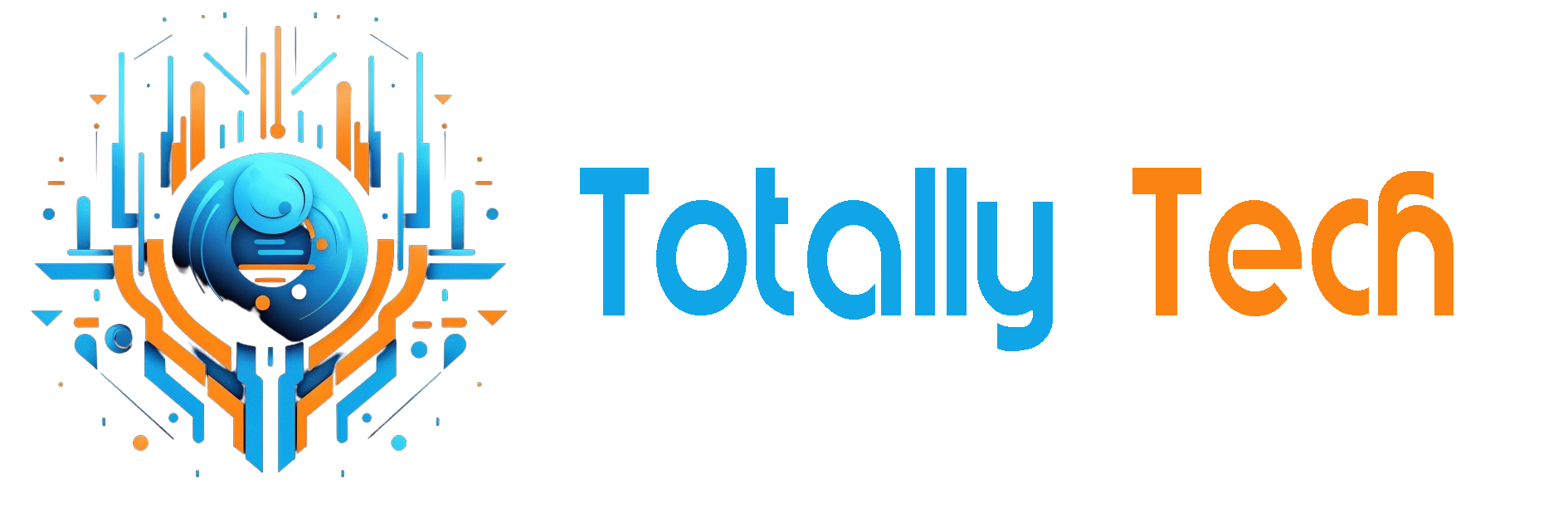
The AI arms race is no longer a distant theoretical concern; it’s a present-day sprint between tech giants, startups, and nation-states to outpace one another in artificial intelligence innovation. Hence, for businesses of all sizes, this race is the thunderous drumbeat reshaping strategy, talent acquisition, operations, and competitive landscapes.
What began as a technological curiosity has become the defining element of modern enterprise. AI is no longer just a support tool; it’s a battlefield. And in this fight for supremacy, businesses that underestimate the ripple effects of this arms race risk becoming collateral damage.
The Genesis of the AI Arms Race
The term “arms race” evokes images of stockpiling weapons and geopolitical tension, but in the context of AI, it refers to the rapid and competitive development of artificial intelligence technologies. Big Tech—Google, Microsoft, Amazon, OpenAI, Meta, and Apple—have poured billions into training ever-larger models, buying up compute resources, and hiring top-tier AI talent at astronomical salaries. The sheer speed and scale of advancement are reshaping the technological landscape in real time.
These companies aren’t simply racing to build smarter AI; they’re competing for dominance in markets that are being rewritten overnight. Language models are disrupting customer support, legal research, and content creation. Computer vision tools are redefining retail surveillance, manufacturing precision, and diagnostic accuracy in healthcare. Each innovation opens up new lines of business while simultaneously threatening old ones.
Governments have also stepped into the fray. China, the U.S., and the EU are investing heavily in AI not just for military advantage, but for economic supremacy. Government funding, strategic AI hubs, and national data strategies are becoming more common. Regulation is brewing, but even this often fuels the race rather than slowing it.
And don’t even get me started about ‘AI-adjacent’ companies also selling shovels during this modern-day Gold Rush. Think about it—a healthcare company running a model via cloud will need the right HIPAA-compliant hosting, training programs, disaster plans, and so much more. One simply cannot deny that AI isn’t just a facade, but a foundation pillar in business by now.
The Business Impact: Beyond the Surface
The effects of this high-velocity competition are already cascading through every sector:
1. Acceleration of Innovation Cycles
The race means shorter development cycles and relentless iteration. Startups now face the pressure of integrating new AI features not yearly, but monthly. The standard release cadence of product updates has been obliterated by AI’s exponential pace. This has drastically changed product roadmaps, especially for digital services and SaaS platforms.
Larger companies risk irrelevance if they fail to match the pace set by AI-native competitors. Incumbents in finance, healthcare, and logistics are being outmaneuvered by leaner, AI-savvy startups.
If a startup can offer real-time personalization and instant feedback loops thanks to AI, legacy firms offering quarterly updates and static systems can quickly lose their edge.
2. Tectonic Shifts in Workforce Dynamics
AI is automating white-collar tasks at scale. What once required teams of analysts can now be achieved with a single prompt and a large language model. Data analysis, market research, copywriting, and even software prototyping are being partially or fully offloaded to AI.
Companies are rethinking roles, retraining workers, and in some cases, eliminating positions altogether. HR departments are under pressure to develop upskilling programs and internal mobility pipelines that help employees transition from replaced tasks to AI-augmented roles. Entire departments and industries are being reshaped, from marketing and legal to customer service and software development.
This doesn’t necessarily mean job loss across the board, but it does mean that adaptability and continual learning are more essential than ever. Roles are fragmenting and fusing in new ways, and companies must build cultures that embrace this fluidity or risk being left with talent that can’t keep pace.
3. Strategic Dependence on AI Providers
Most businesses don’t build their own AI models. They rely on APIs and platforms provided by OpenAI, Anthropic, Microsoft, and others. This creates a dangerous dependency. Companies may find themselves vulnerable to model downtime, token limits, usage pricing shifts, and opaque roadmap decisions. Even minor API changes can cascade into massive operational disruptions.
This vendor lock-in extends beyond technical infrastructure. If a business builds core workflows around a single provider’s AI model, it becomes difficult to pivot without major investment in retraining, infrastructure updates, and staff reorientation. Strategic redundancy, model fine-tuning, and multi-provider strategies are becoming essential planning steps.
The Rise of AI Ethics as Brand Differentiator
In the rush to deploy AI, ethics often lags behind. But customers are paying attention. Bias in recommendations, opaque decisions, intrusive data collection—these issues can spark backlash and erode trust. In regulated industries, ethical breaches can lead to fines, lawsuits, and permanent reputational damage.
Businesses that take a proactive stance on AI ethics and fairness will win in the long term. Ethical AI is no longer a niche concern; it’s a branding opportunity. And that’s without even getting started about the real risks AI poses to cybersecurity and how very few companies are ready to withstand more elaborate attacks.
This includes publishing model impact assessments, being transparent about synthetic content use, and inviting independent audits. Stakeholder trust will become as important as technical accuracy. A clear stance on ethical AI can help attract talent, win customer loyalty, and pre-empt regulatory scrutiny.
The Talent Tug-of-War
Perhaps one of the most visceral business consequences of the AI arms race is the scramble for AI engineering talent. AI engineers and researchers have become the new rockstars. They’re poached with million-dollar offers, equity promises, and flexible work packages. For traditional industries trying to modernize—banking, logistics, healthcare—this creates a barrier to entry in the AI game.
Even as AI becomes more accessible through platforms and tools, the ability to customize and creatively apply AI remains a high-value differentiator. Businesses that fail to attract or retain this talent fall behind. Hiring managers are now competing globally, not just locally, and remote-first AI talent can command premium compensation.
Likewise, upskilling existing teams and democraticizing complex concepts becomes critical. AI literacy is now a non-negotiable skill. Forward-thinking companies are building internal AI bootcamps, encouraging experimentation, and shifting mindsets. This includes rethinking performance metrics, fostering experimentation, and creating cross-functional innovation labs. But those that move too slowly risk internal talent stagnation, brain drain, and falling behind.
What Businesses Should Do Now
The AI arms race is not slowing down. But that doesn’t mean businesses must blindly chase every innovation. Instead, they must:
- Audit their current processes for AI augmentation opportunities
- Educate teams across all departments on AI capabilities
- Define their AI risk profile and align it with compliance strategies
- Partner selectively, not just with tech providers, but also with academic and ethical advisory groups
- Prioritize interoperability to avoid future migration pain
Final Thoughts
The AI arms race isn’t a spectator sport. Watching from the sidelines is not a strategy. This race will define which companies become tomorrow’s giants and which ones fade into irrelevance.
Businesses must not only adapt; they must reimagine. They must go beyond automation to transformation, beyond tools to strategy, beyond trends to long-term reinvention. The AI race may be global, but for each business, it’s deeply personal. The winners will be those who run their own race—with clarity, courage, and vision.
The post The AI Arms Race and Its Potential Impact on Businesses appeared first on Unite.AI.


